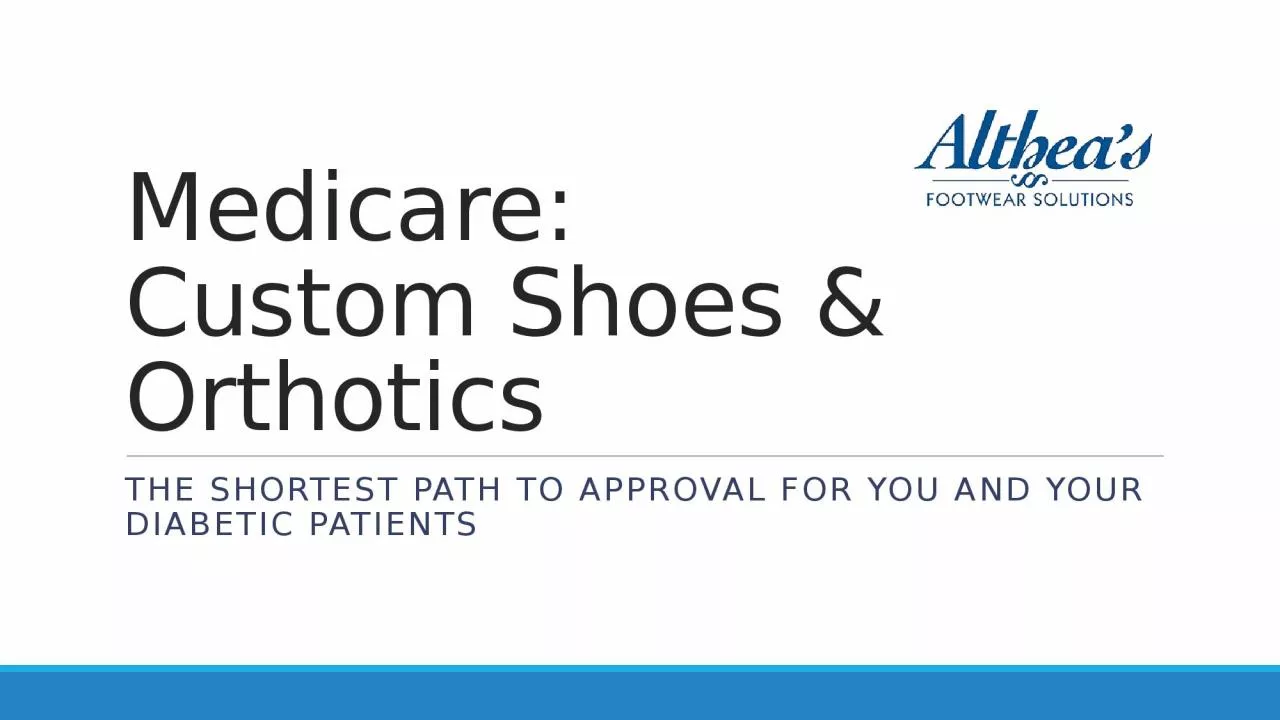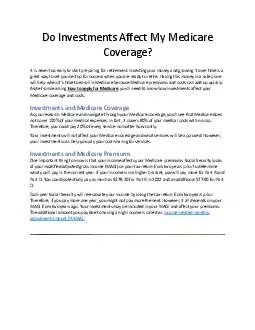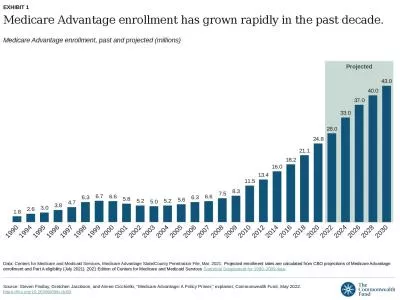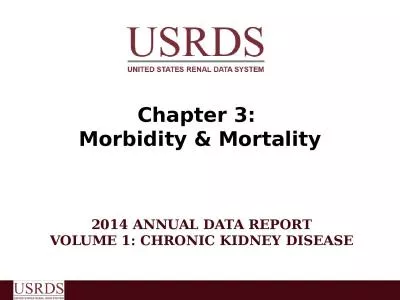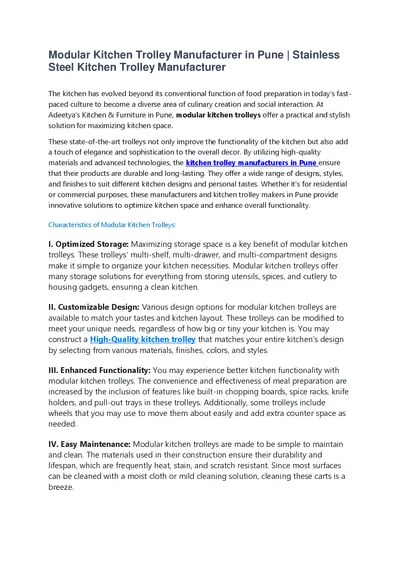PPT-Medicare: Custom Shoes & Orthotics
Author : LuckyLadybug | Published Date : 2022-08-03
The shortest path to approval for you and your DIABETIC patients What youll get today Medicare coverage for diabetic footwear explained How to make a referral for
Presentation Embed Code
Download Presentation
Download Presentation The PPT/PDF document "Medicare: Custom Shoes & Orthotics" is the property of its rightful owner. Permission is granted to download and print the materials on this website for personal, non-commercial use only, and to display it on your personal computer provided you do not modify the materials and that you retain all copyright notices contained in the materials. By downloading content from our website, you accept the terms of this agreement.
Medicare: Custom Shoes & Orthotics: Transcript
Download Rules Of Document
"Medicare: Custom Shoes & Orthotics"The content belongs to its owner. You may download and print it for personal use, without modification, and keep all copyright notices. By downloading, you agree to these terms.
Related Documents

